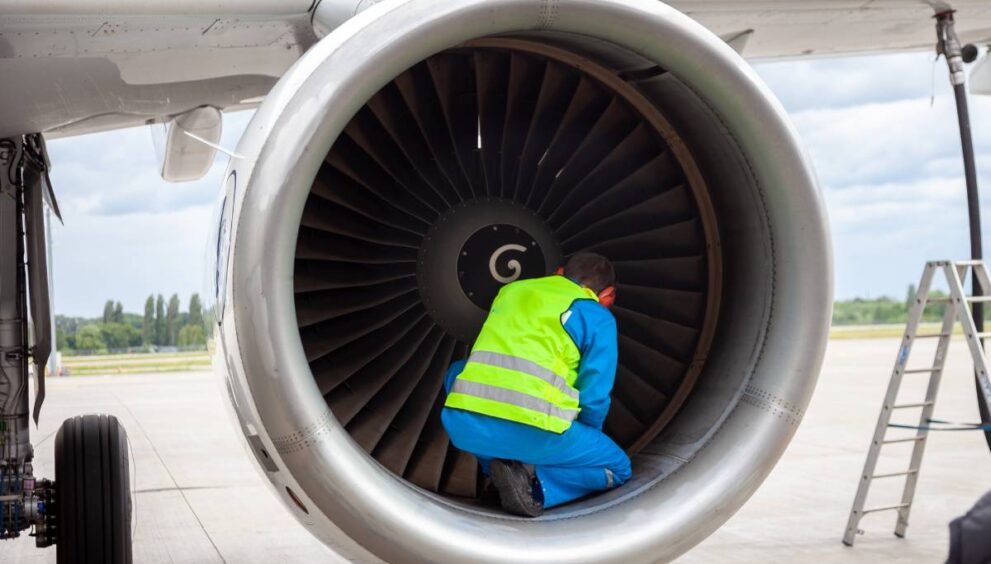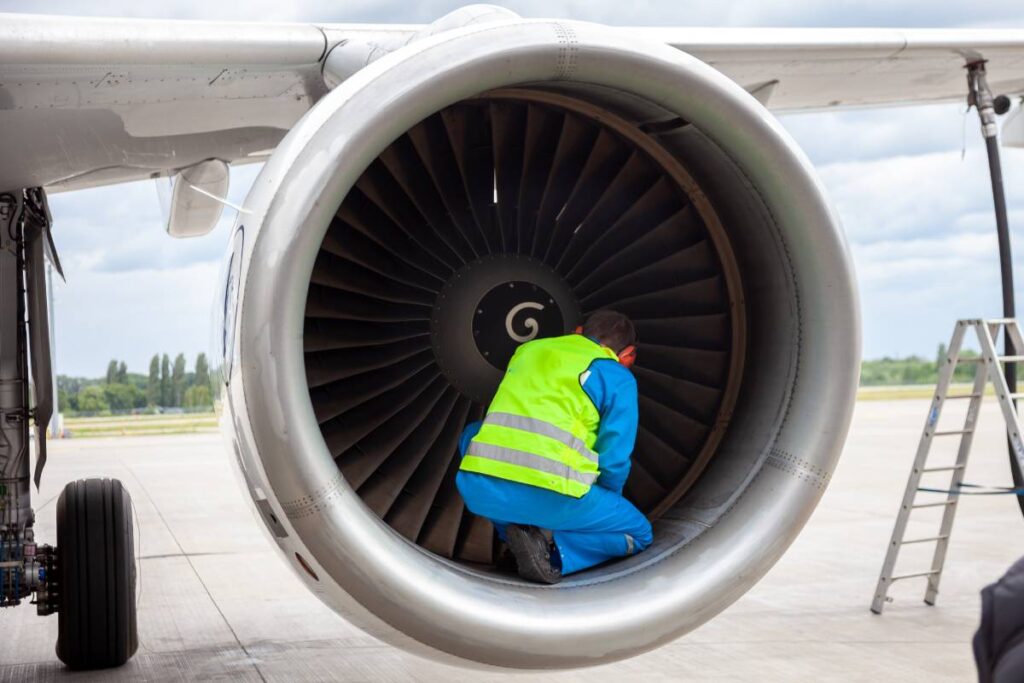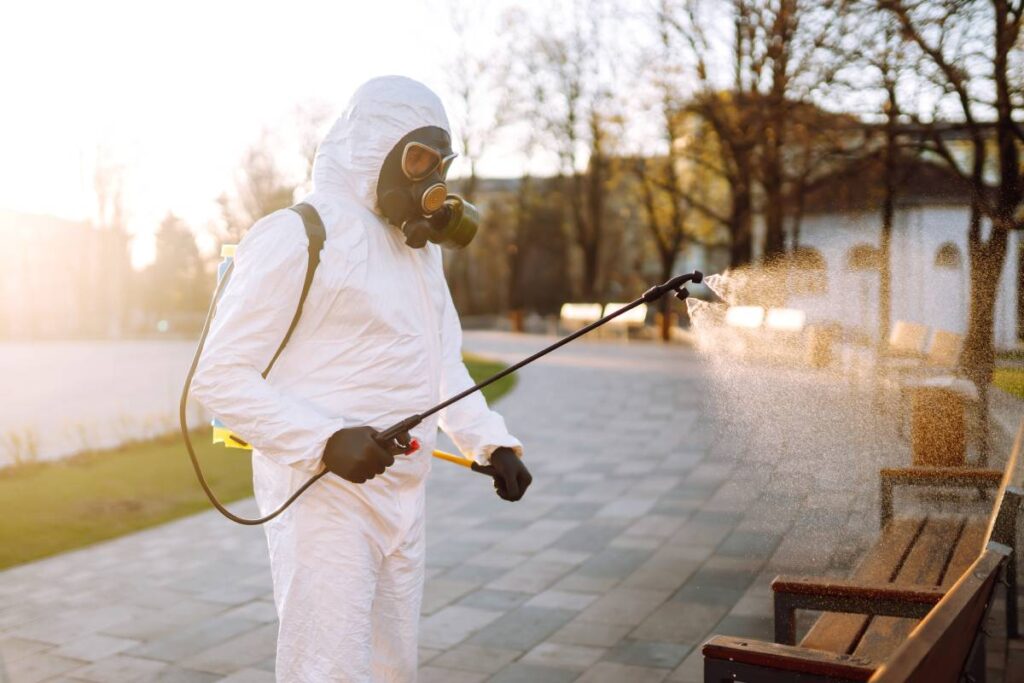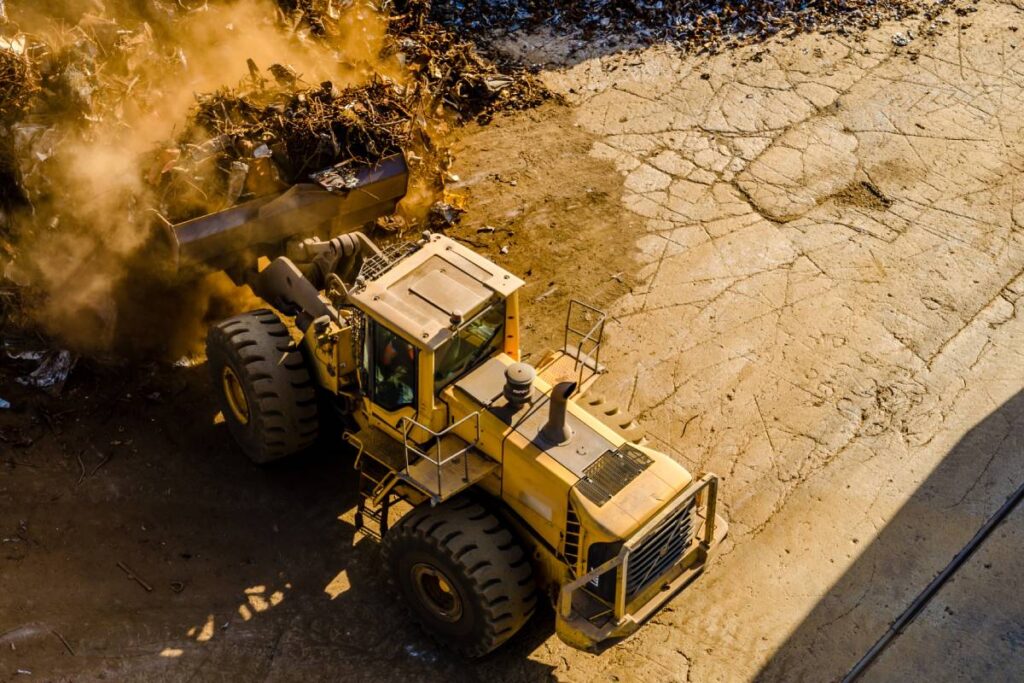What would happen if an airplane’s engine fails while flying?

Air travel is one of the safest modes of transportation, thanks to advanced technology, rigorous safety protocols, and the extensive training pilots undergo.
While engine failure mid flight is an understandably concerning thought for many passengers it is an incredibly rare occurrence.
Modern aircraft are meticulously designed with numerous redundancies to ensure that even in the event of engine failure, flights can continue safely.
This article explores what happens if a plane engine fails mid-flight, how long a plane can fly with both engines down, and the crucial steps pilots take to manage these situations.
Understanding these procedures can help reassure passengers of the high safety standards in aviation and the preparedness that ensures safe travel even in rare emergency situations.
What Happens If a Plane Engine Fails Mid Flight?
Aircraft are designed with redundancies to ensure continued operation in case of engine failure. If one engine fails the plane can fly with the remaining engine or glide to a nearby airport for an emergency landing.
In twin-engine planes the loss of power causes yaw which pilots correct with rudder inputs. Modern aircraft can fly on one engine for hours if needed.
Multi engine planes rely on remaining engines for thrust while pilots follow emergency procedures check the engine’s condition, and attempt to restart it. If restarting isn’t possible, the plane proceeds to a safe landing.
Why are my legs Weakness with no clear cause? How can I fix them?
Don’t underestimate the danger of tripping and falling at home?
Reasons Why You Shouldn’t Startle Yourself Awake in the Middle of the Night?
How Long Can a Plane Fly If Both Engines Fail?
When both engines fail an aircraft can still glide for significant distances depending on the aircraft type altitude and environmental conditions.
Modern jets can glide up to 100 miles (160 km) or more. Pilots are trained to maintain a stable glide speed and find a safe landing site.
A notable example is US Airways Flight 1549 which safely glided to the Hudson River after both engines failed showcasing how experienced crews can manage engine failure.
Do Planes Glide If Engines Fail?
Yes, planes can glide if both engines fail. This is a key feature of aircraft design that enhances safety. When both engines fail the aircraft relies on its aerodynamics to generate lift using its glide ratio to cover distances.
Larger commercial jets typically have a glide ratio of about 15:1 meaning they can travel 15 miles forward for every mile of altitude lost.
While smaller aircraft have a lower glide ratio they can still glide significant distances without engine power.
Pilots play a critical role in managing the glide, adjusting speed, and aiming for a safe landing site such as an airport open field, or water if necessary.
What Do Pilots Do If Engines Fail?
When an engine fails pilots immediately begin a series of steps to ensure the safety of the aircraft its passengers and its crew.
The response to an engine failure varies depending on the type of aircraft the altitude at which the failure occurs and the nature of the failure itself. However there are certain common procedures that pilots follow in these situations.
Identify the Problem and Confirm the Failure
The first step for the pilot is to confirm the engine failure by reviewing cockpit indicators and cross-checking flight data. Once confirmed, the pilot rules out other issues such as fuel starvation or electrical failure.
Maintain Control of the Aircraft
The pilot focuses on maintaining control, adjusting power settings, and compensating for any yaw caused by the failed engine. The rudder is critical for balancing the aircraft and maintaining stability.
Initiate Emergency Procedures
After stabilizing the flight, the pilot informs air traffic control requests emergency landing clearance and follows troubleshooting steps to assess if the failed engine can be restarted. If not the focus shifts to finding a safe landing site.
Prepare for Landing
The pilot begins preparations for an emergency landing, briefing the cabin crew, securing items, and adjusting the glide path. If no suitable airport is available, controlled ditching or landing on water may be necessary.
Conclusion
Engine failure although rare is a possibility that pilots are extensively trained to handle. With modern aircraft design pilots have multiple redundancies and the ability to safely glide and manage an emergency landing, even if both engines fail.
Through rigorous training advanced technologies, and detailed emergency procedures, pilots ensure that air travel remains one of the safest forms of transportation in the world.
Passengers can feel confident knowing that aviation professionals are prepared to handle any situation that arises in flight making engine failure a manageable event rather than a catastrophic one.

























